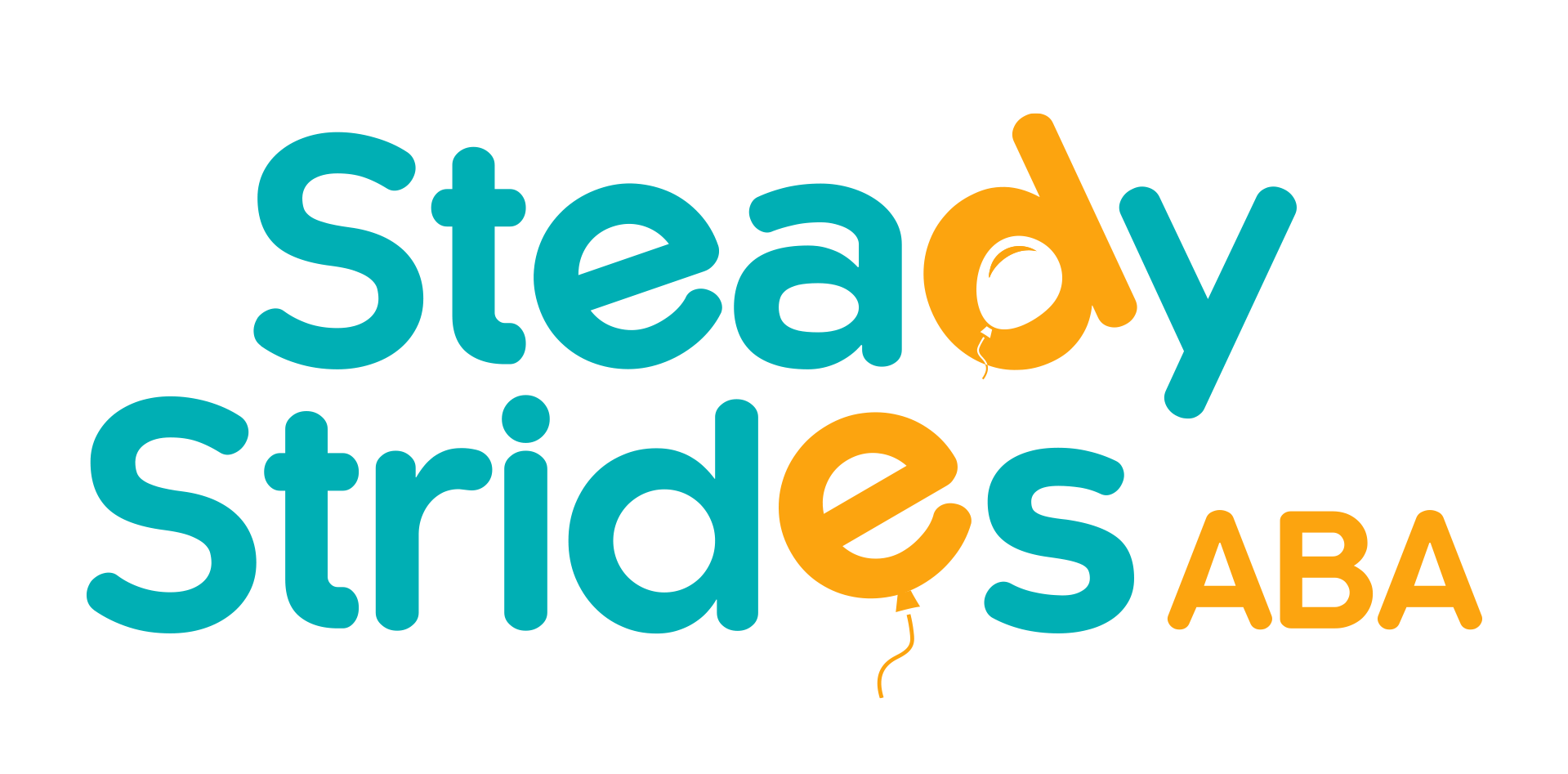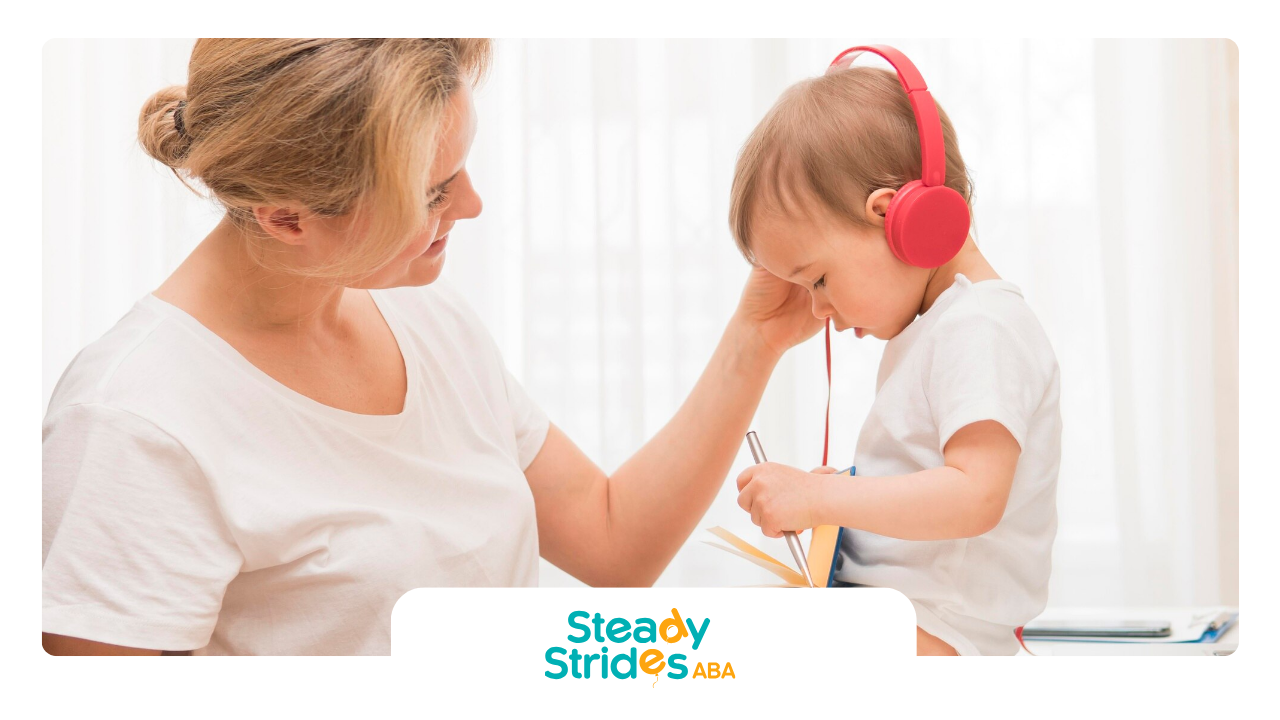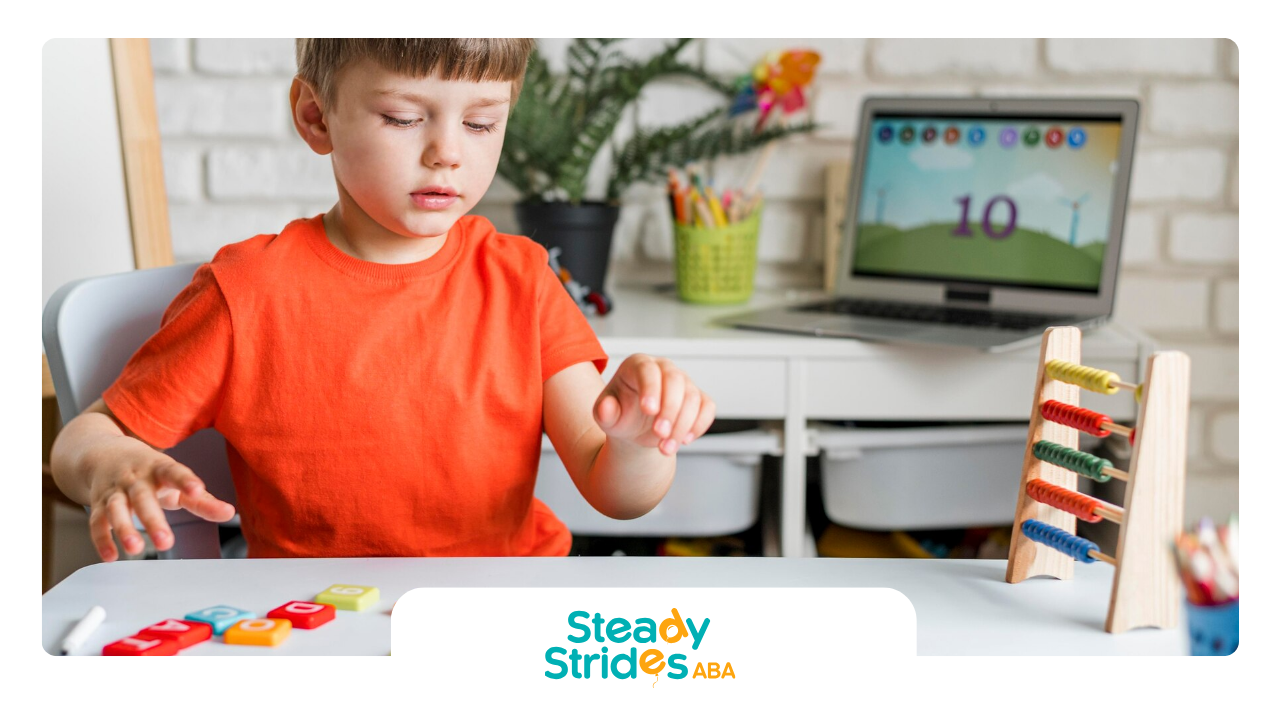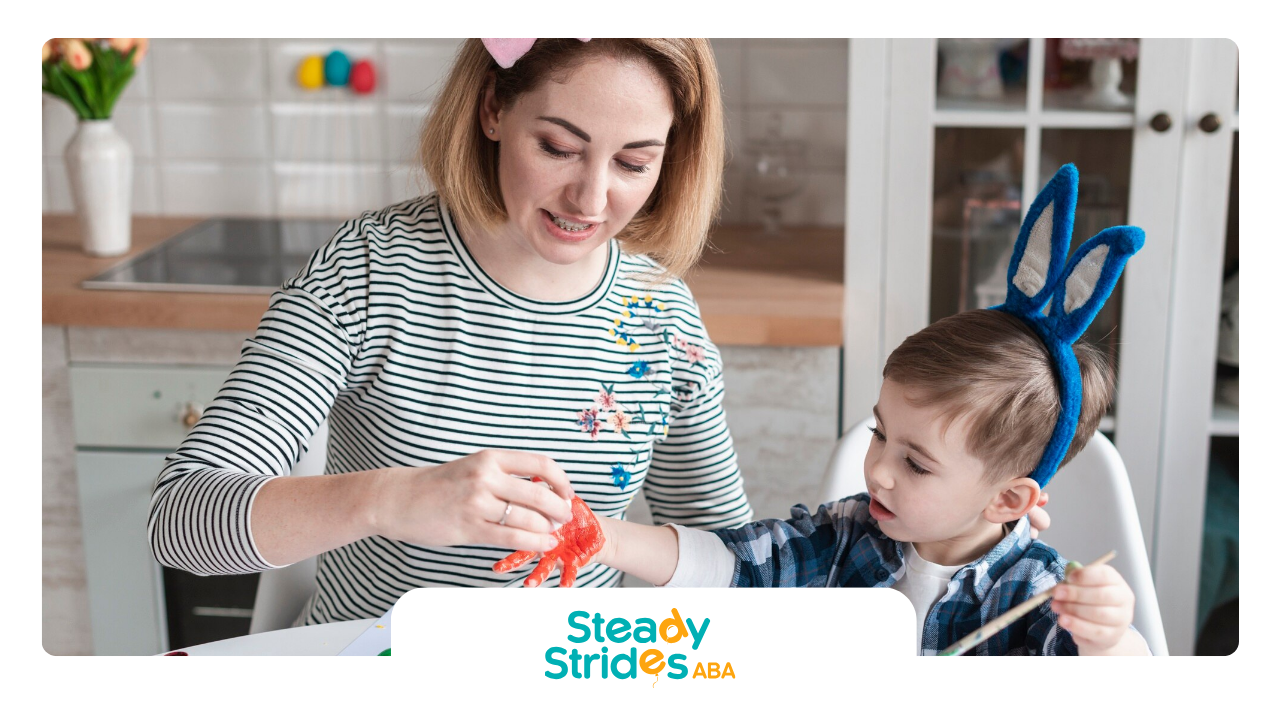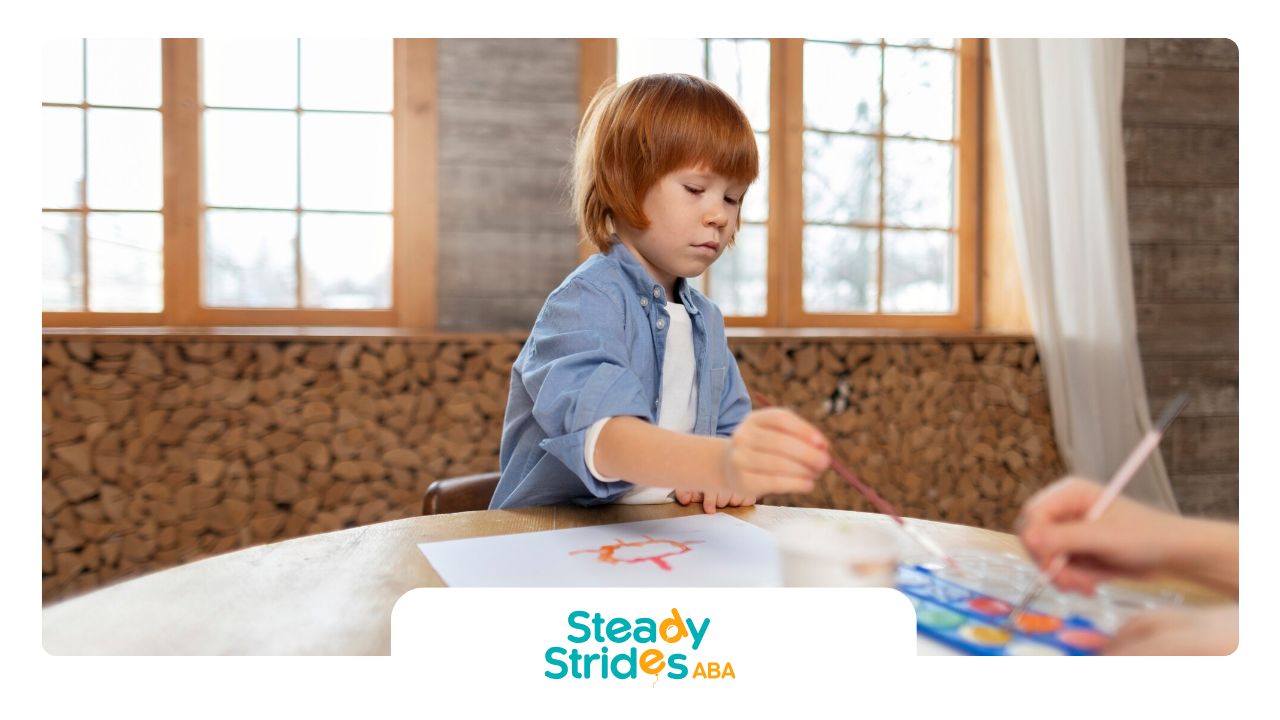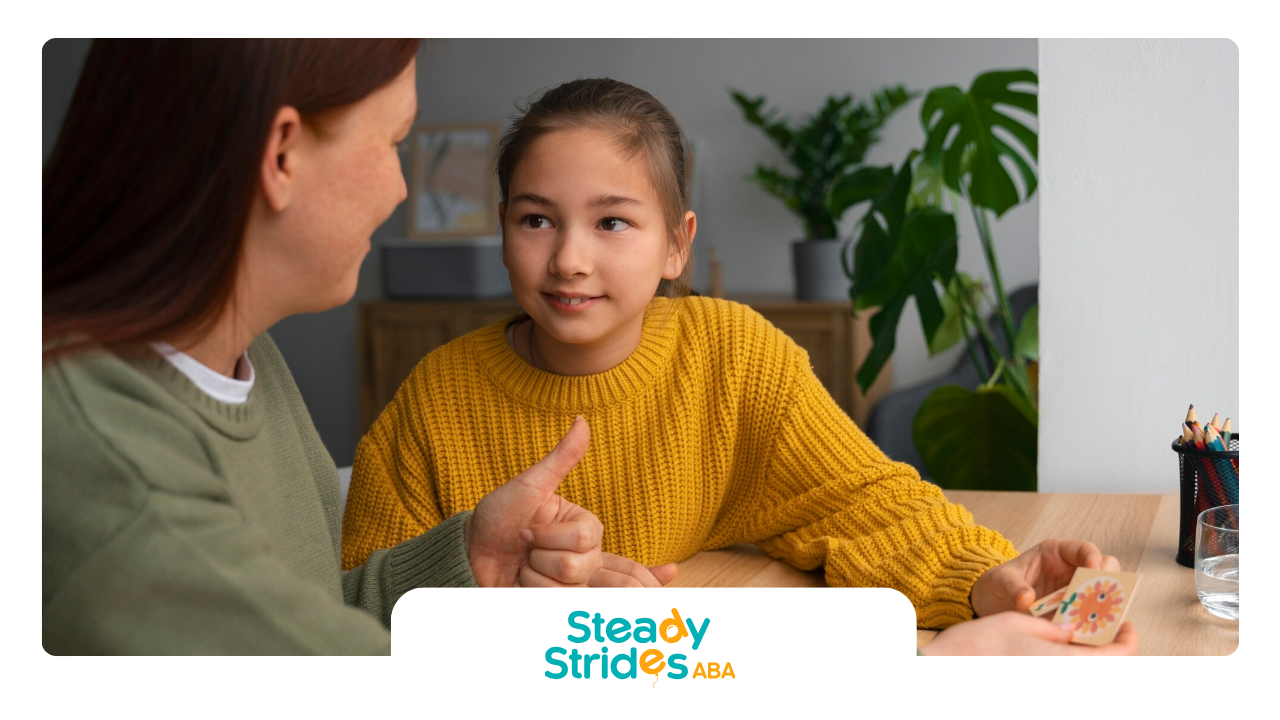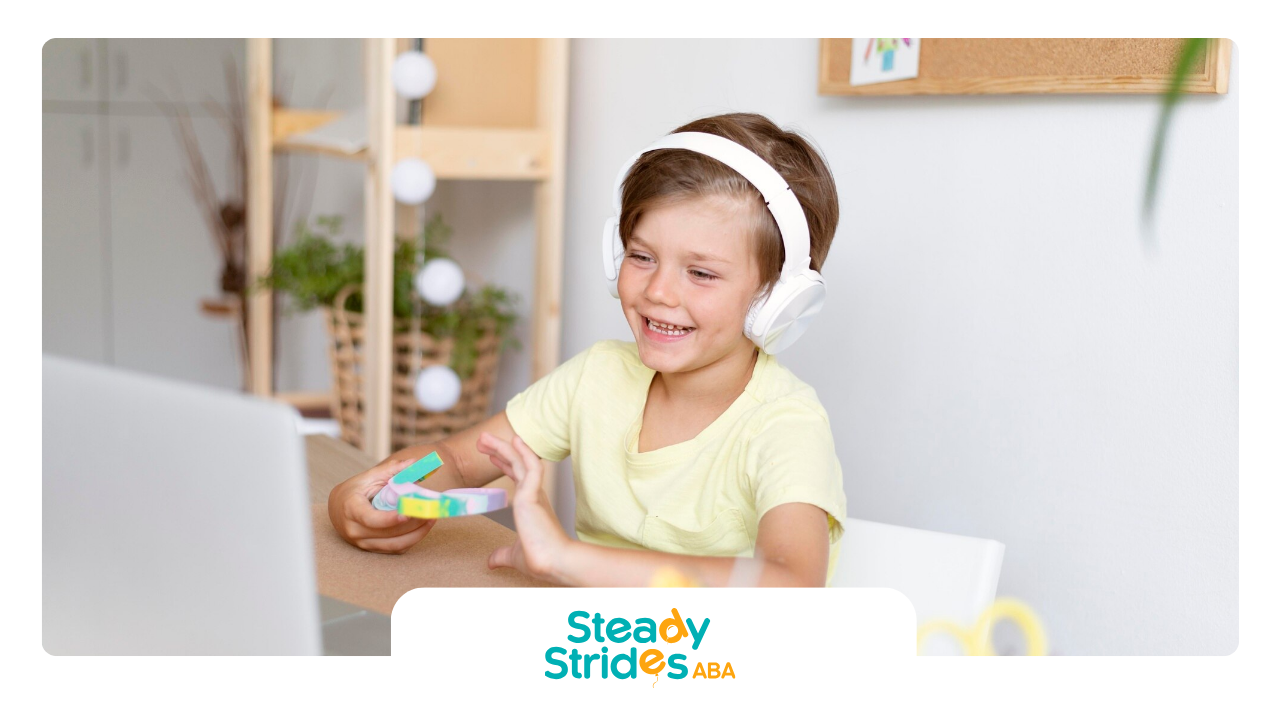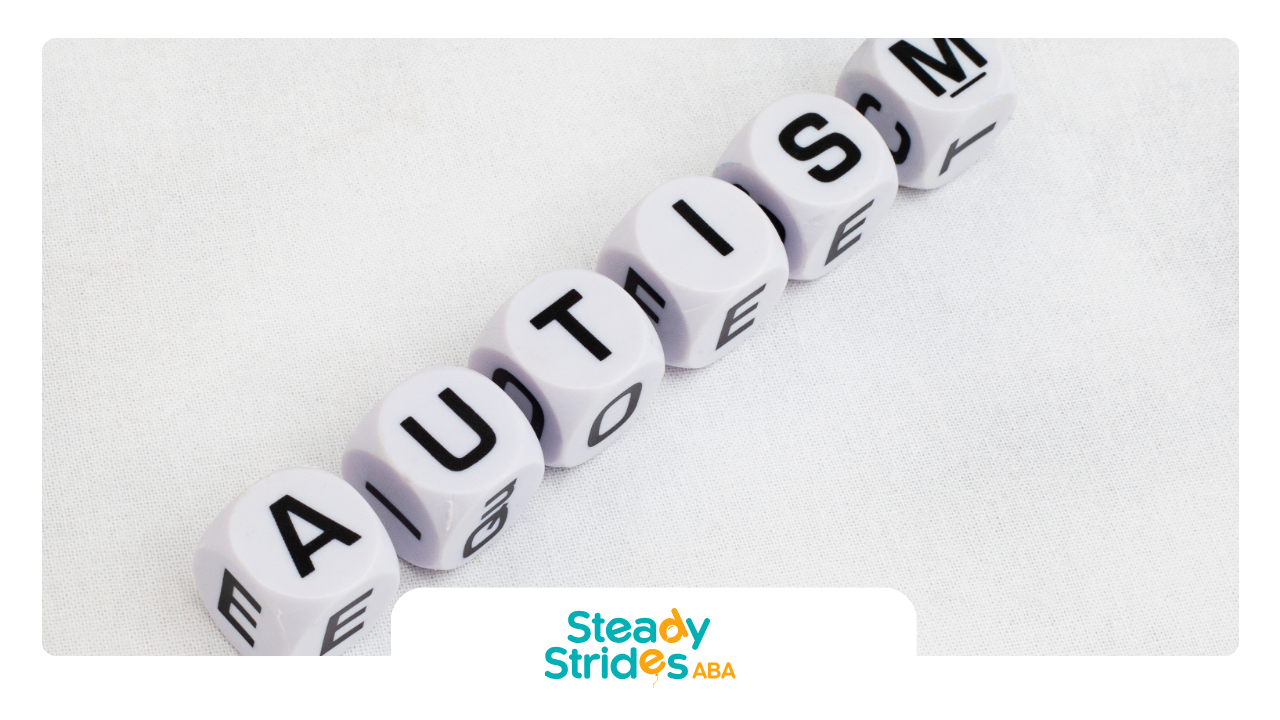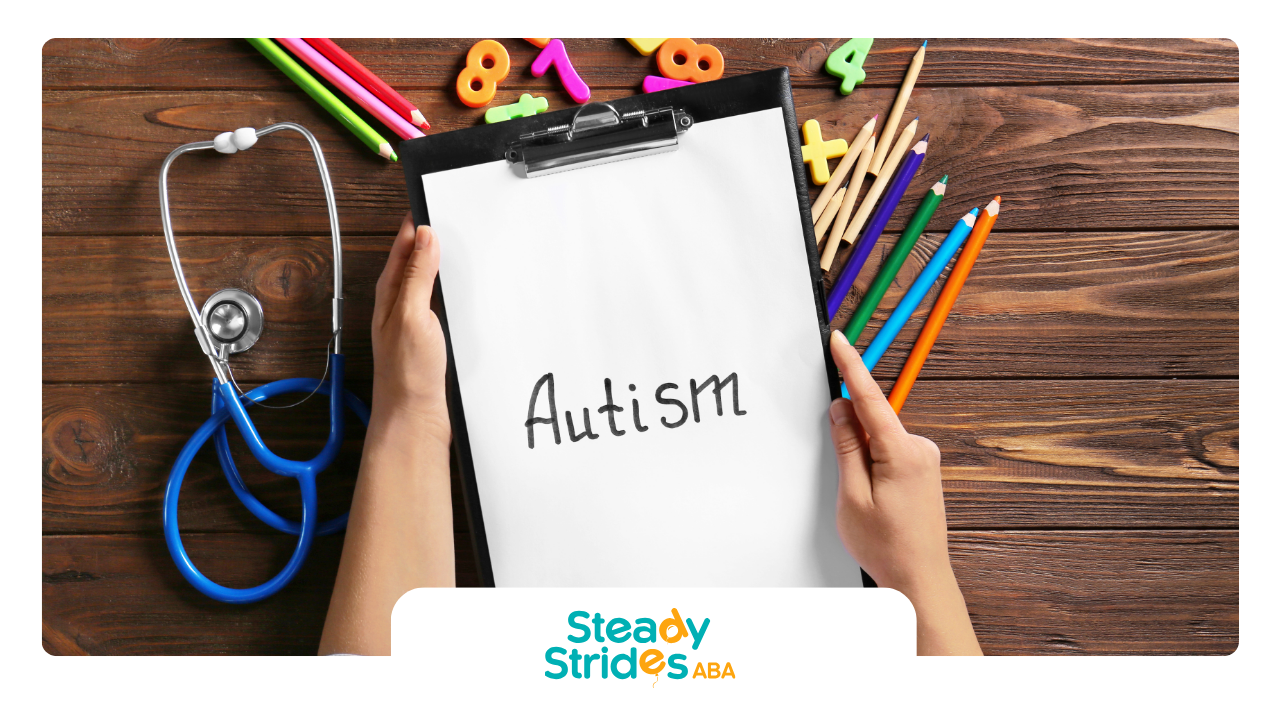Every child learns differently, but one thing is certain: children thrive when they feel heard. Child-led ABA therapy taps into this, allowing kids to guide their own sessions while learning valuable skills.
Take Oliver (name changed for privacy), for example. Initially resistant to therapy, he flourished once we incorporated his favorite building blocks into the process. His motivation grew, and so did his skills.
Child-led ABA therapy can be a game-changer for many children like Oliver. But what exactly does this approach involve, and how does it compare to traditional ABA? Let’s take a closer look at the key differences, benefits, and how you can determine if child-led ABA is the right choice for your child.
Understanding Child-Led ABA Therapy
What is Child-Led ABA Therapy?
Child-led ABA therapy is a dynamic approach that emphasizes the interests and choices of the child. It allows children to take the lead during therapy sessions, encouraging them to engage actively in their learning process.
The focus shifts from a strictly structured format to one where the child’s preferences shape the direction of the session. This method cultivates a sense of autonomy, making the learning process more enjoyable and effective for the child.
Therapists collaborate with the child to identify activities and topics they find interesting. This engagement not only fosters a stronger therapeutic bond but also enhances the child's willingness to participate.
How Does Child-Led ABA Differ from Traditional ABA Therapy?
Traditional ABA therapy often follows a structured, teacher-directed model where goals are predetermined by the therapist. In contrast, child-led ABA therapy underscores the importance of the child’s input, allowing for greater flexibility in how sessions unfold.
Here are some key differences between the two approaches:
Comparison of Traditional ABA Therapy and Child-Led ABA Therapy
| Aspect | Traditional ABA Therapy | Child-Led ABA Therapy |
|---|---|---|
| Structure | Highly structured and directive | Flexible and child-directed |
| Goal Setting | Goals set by the therapist | Goals influenced by child's interests |
| Engagement | Therapist leads the session | Child leads, enhancing motivation |
| Relationship | Focus on compliance | Emphasis on collaboration |
In traditional ABA therapy, instructions are often delivered in a top-down manner, which may lead to resistance from the child. Child-led ABA therapy promotes a partnership between the child and therapist, cultivating trust and creating a safe space for expression.
By recognizing the child's choices and interests, this approach nurtures a more positive therapeutic experience, ultimately benefiting the child's developmental journey.
Benefits of Child-Led ABA Therapy
Child-led ABA therapy offers several advantages for children on the autism spectrum. This approach emphasizes the child's preferences and interests, which can lead to significant benefits in their development and overall well-being.
Promoting Autonomy and Self-Determination
One of the key benefits of child-led ABA therapy is its focus on fostering autonomy in children. By allowing children to participate in the decision-making process, they learn to express their preferences and make choices that impact their therapy. This empowerment build self-determination, encouraging them to take ownership of their learning experiences.
When children have the opportunity to choose their activities, they become more confident in their abilities. This sense of agency can significantly enhance their willingness to engage in therapeutic practices.
Enhancing Motivation and Engagement
Children are naturally more motivated when they are involved in activities that interest them. Child-led ABA therapy seeks to harness this motivation by integrating the child's hobbies and passions into the learning process. As a result, children show higher levels of engagement and a willingness to participate actively in their sessions.
Studies indicate that children are more likely to respond positively to therapy when they are excited about the activities. This heightened enthusiasm can lead to more significant progress and faster skill acquisition.
Fostering Positive Relationships
Another important benefit of child-led ABA therapy is the nurturing of positive relationships among children, parents, and ABA therapists. This approach emphasizes collaboration and communication, which can strengthen the bonds between all parties involved.
When therapists respect the child’s choices and involve parents in the planning process, it creates a supportive environment that promotes trust and understanding. Positive relationships are crucial for effective therapy, as they help children feel safe and valued during their learning journey.
Through these connections, families often find themselves more engaged in the therapeutic process, which can contribute to better outcomes for their children.
In summary, child-led ABA therapy provides numerous benefits that enhance the overall experience for children, ultimately supporting their growth and independence.
Implementing Child-Led ABA Therapy
Implementing child-led ABA therapy requires a thoughtful and individualized approach to support the unique needs and preferences of each child. This process encompasses personalized treatment plans, collaborative partnerships, and a focus on the child's interests.
Individualized Treatment Plans
Creating tailored treatment plans is essential for the success of child-led ABA therapy. Each plan should reflect the child's individual strengths, challenges, and goals. This personalization ensures that therapy is not only effective but also relevant and engaging for the child. The components of an individualized treatment plan typically include:
- Assessment of the child's current abilities and challenges
- Specific behavioral goals that are meaningful to the child
- Strategies and interventions suited to the child's learning style
- Regular reviews and adjustments based on progress and feedback
Collaborative Approach with Parents and Therapists
A collaborative approach between parents and therapists is vital in the implementation of child-led ABA therapy. Both parties should work together to understand the child's needs and create a supportive environment. This partnership can involve:
- Regular communication between parents and therapists to discuss progress
- Involvement of parents in goal-setting and strategy development
- Workshops or parent training sessions to equip parents with tools to reinforce learning at home
- Sharing insights and observations to inform therapy adjustments
Incorporating Child Preferences and Interests
Incorporating a child's preferences and interests into therapy is fundamental to enhancing engagement and motivation. When children have a say in their activities, they are more likely to participate actively. Strategies for incorporating preferences include:
- Allowing children to choose activities or materials during sessions
- Integrating favorite toys or games into learning exercises
- Using topics of interest to facilitate the development of skills
- Providing options that empower the child to make decisions in their therapeutic journey
By focusing on individualized treatment plans, fostering collaboration, and emphasizing child interests, the implementation of child-led ABA therapy becomes a meaningful and supportive process. This approach encourages children to take an active role in their learning and development, ultimately leading to more positive outcomes.
Challenges and Considerations
Child-led ABA therapy presents unique opportunities and benefits, but it is important to recognize and address potential challenges that may arise during implementation.
Addressing Potential Barriers
Several barriers can influence the effectiveness of child-led ABA therapy. These barriers may include:
- Resistance to Change: Transitioning from traditional ABA methods to a child-led approach can be met with resistance from both parents and therapists. Familiarity with established techniques may create uncertainty.
- Limited Training: Therapists may lack training in facilitating child-led techniques. Ongoing education and support are necessary for successful implementation.
- Resource Availability: Some families might find it challenging to access resources or support groups that focus on child-led ABA therapy, limiting their ability to network and share strategies.
- Environmental Factors: External factors such as a child's home environment can affect their comfort and willingness to engage in a child-led approach.
Addressing these barriers requires open communication among all parties involved, including parents, therapists, and children. A proactive approach can help to foster an environment conducive to collaboration and understanding.
Adjusting Strategies for Different Needs and Behaviors
Children on the autism spectrum display a wide range of behaviors and preferences. Adapting strategies to meet these varied needs is essential for the success of child-led ABA therapy. Some key considerations include:
- Individual Interests: Incorporating the child's interests into therapy sessions makes the experience more engaging. Therapy can revolve around themes or activities that resonate with the child.
- Flexibility in Approach: Therapists should remain adaptable, ready to modify techniques as needed. What works for one child may not work for another, and recognizing these differences is crucial.
- Behavioral Management: Understanding specific behavioral patterns can guide the development of strategies that support positive engagement. Tailoring responses to behaviors ensures the child feels understood.
- Ongoing Assessment: Regularly assessing the child's progress and preferences allows for timely adjustments to the therapy plan, optimizing effectiveness and ensuring that it remains aligned with the child's evolving needs.
By addressing barriers and adjusting strategies, both parents and therapists can work towards creating a successful child-led ABA therapy experience that fosters growth and development in autistic children.
At Steady Strides ABA, we believe in empowering children through individualized, engaging therapy. Our child-led ABA approach prioritizes your child’s interests, creating an enjoyable and effective learning experience.
Ready to give your child a therapy experience that works for them? Contact Steady Strides today to learn more about how our personalized approach can help your child thrive!
FAQs
What is the difference between child-led ABA and traditional ABA?
Child-led ABA allows children to guide the session based on their interests, while traditional ABA follows a structured, therapist-directed model.
Is child-led ABA effective for all children?
While it benefits many autistic children, effectiveness depends on individual needs. A trained therapist can determine the best approach for your child.
How can I tell if my child would benefit from child-led ABA therapy?
Describe the item or answer the question so that site visitors who are interested get more information. You can emphasize this text with bullets, italics or bold, and add links.
Sources:
- https://pmc.ncbi.nlm.nih.gov/articles/PMC2755377/
- https://www.j-ces.com/index.php/jces/article/view/120
- https://asdnetwork.unl.edu/virtual-strategies/child-led-play/
- https://www.nichd.nih.gov/health/topics/autism/conditioninfo/treatments
- https://www.longdom.org/open-access/perceived-autonomy-support-in-children-with-autism-spectrum-disorder-33017.html
